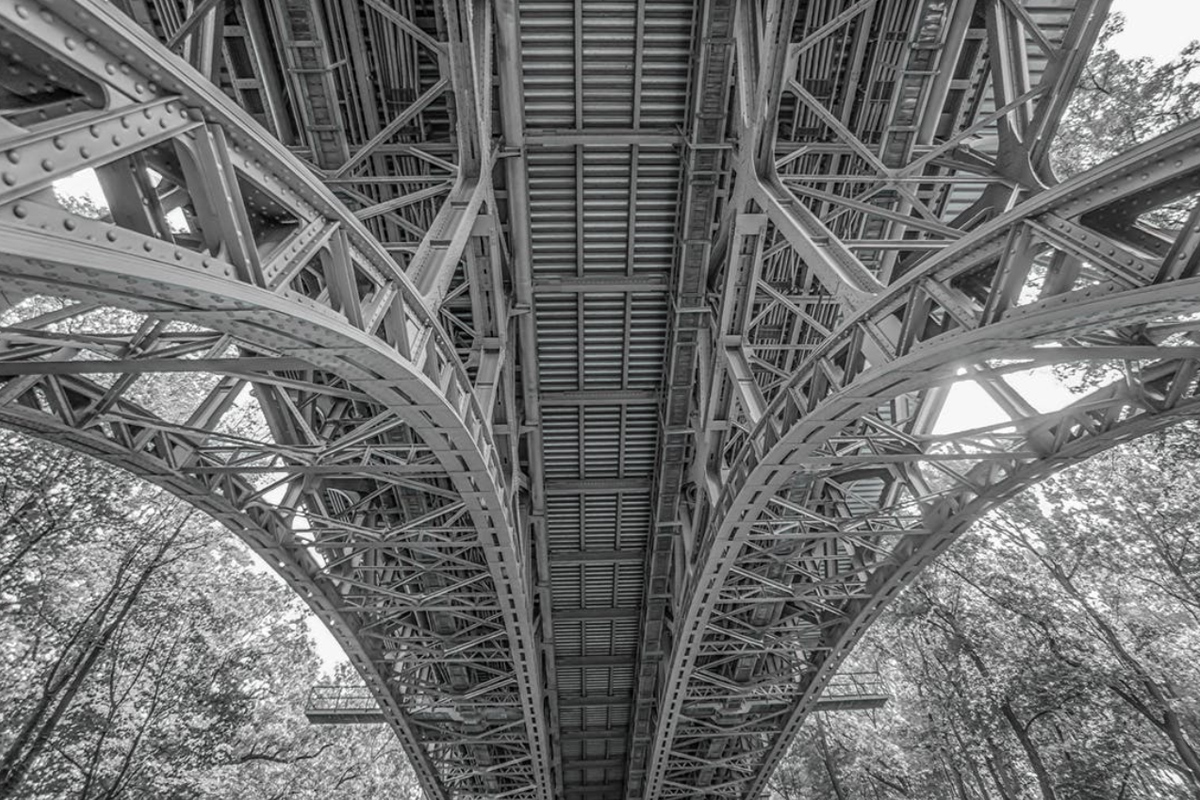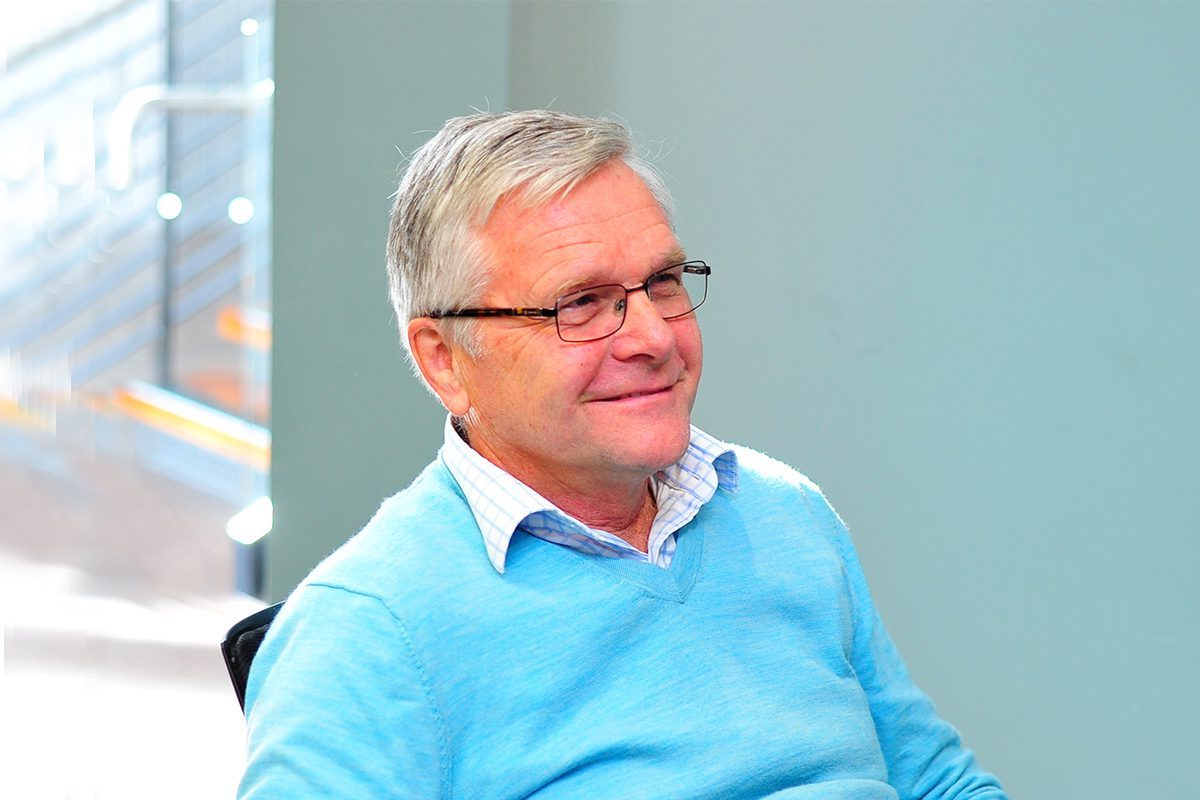As members of the steel fabrication chain, we are all aware of the current worldwide steel oversupply situation, leading to steel prices here in New Zealand being at their lowest for some 14 years and virtually unchanged since the HERA steel import statistics started in 2000.
This low steel price helps the steel users to have competitively priced steel at hand which in the current high demand construction market gives the steel construction industry a very good position to compete against alternative materials. The experienced steel construction market share growth particularly in the Christchurch rebuild is a testament for low steel cost along with improved steel construction systems performance and industry productivity.
The fundamental reason for low steel prices are that the emerging economies, and in particular China, have built new and largely efficient steel-making capacity to cover their local and potential export demands, but which, following local and world-wide demand collapses, provided oversupply and led them to push steel on the world market at very competitive prices.
Prices which are judged to be ‘dumped’ in a number of these markets; sold at levels below their domestic market and in volumes/pricing which is causing injury. For example we just learned that major steel producer India has introduced a ‘minimum import price’ (MIP) in an effort to protect its domestic steel industry from “predatory pricing”.
And as it looks, things are not going to change quickly despite a stated intent from China to close 100-150M tons of capacity and the continued news of other pending steel capacity reductions across the world. The steelmakers, which have the best back-up of support including from their governments, will likely be the one which make it to the phase where steel is manufactured again with a profit.
Our New Zealand steel makers NZ Steel and Pacific Steel have put an ongoing effort in to keeping their steel making technology current, cost effective and sustainable. However, it is a challenge for them to keep competitive against brand new steel plants operating overseas with generally much lower operating cost driven by scale, less complexity, cheaper labour, and greater subsidies, and also against older plants which keep producing even at a loss.
No doubt you are aware of the recent announcement of the Australian NZ Steel owner BlueScope which gave notice that it is placing its Taharoa ironsands mining operation on the market after declaring a A$47.1 million loss for the first half of the current financial year in the overall NZ Steel operation. However, the results announcement also makes clear that the New Zealand operations are on track to achieve “at least NZ$50 million” in annual savings by the 2017 financial year, which BlueScope set as a target for ensuring the local operations’ future.
We need to note that as New Zealand based companies, the local steel makers provide significant employment at high value wages to the New Zealand economy and also export a proportion of their products, assisting with our balance of trade. In my view it is therefore important that we, as New Zealand corporates, public sector or citizens procuring steel, are aware of the pressure on the local steel manufacturing industry and think carefully what we wish to collectively achieve in respect to future steel making in New Zealand.
And considering our CER agreement with Australia, I would extend the consideration also to Australian made steel which has dominance in particularly when it comes to hot rolled steel sections usage in New Zealand.
So my plea is not simply a ‘Buy NZ made’ campaign, however a weighing up of factors such as:
- Have you ensured that the steel offered is compliant with our New Zealand requirements? Proof of conformance as provided by our local supply chain adds cost and competing products need to meet our requirements. You reduce your risk considerably especially in critical steel construction when procuring via a reliable supply chain and this justifies higher cost.
- We hear it is not uncommon in the current oversupply situation that imported steel is being dumped for commercial advantage. Dumped steel has no place in free trade agreements which advocate for fair and equal trade. Has your supplier been able to provide an assurance that the product is offered at fair market value and not dumped?
- Are you a socially responsible procurer? Our advanced western society makes it a priority to consider social, environment and economic aspects of purchasing decisions and it is mandatory when you are a government procurer. I am not advocating for blindly accepting every cost for products which have better credentials in all of these aspects. But surely a higher price can be accepted in the knowledge that your procurement provides local jobs, has improved environmental credential and your company is a significant contributor to the social well-being of New Zealand. This is something which in my view can be advertised when a slightly higher price tag is demanded for proudly being able to say we buy local steel where we can. And specifically to Government procurers it’s not about price paid…it is about the total cost and attributing benefits of any particular procurement decision. So this is why we are asking Government Procurers for Government projects to evaluate cost/benefits beyond just price. Social, economic and environmental considerations are to be considered and there is evidence now that some procurers are understanding this and moving away from lowest price conforming bids.
Declaring an interest, I am of course largely working for the steel users in New Zealand and not their supply chain; however HERA’s existence is based on the consent of the entire steel supply chain. So in respect of steel being locally produced or imported and is attracting the heavy engineering research levy there is no difference from a HERA perspective.
However, where fabricators and steel supply chain both agree in, it is better that fabricated steel is fabricated in New Zealand than coming into the country as finished steel products with the fabrication value-add staying in the country. But this is a comment for another time.

